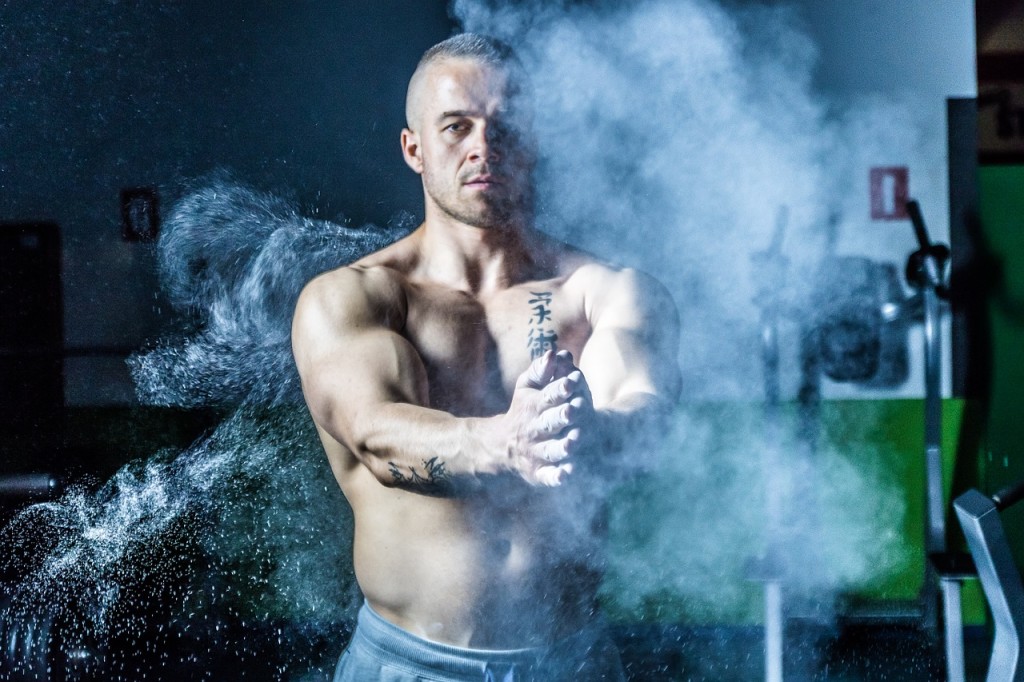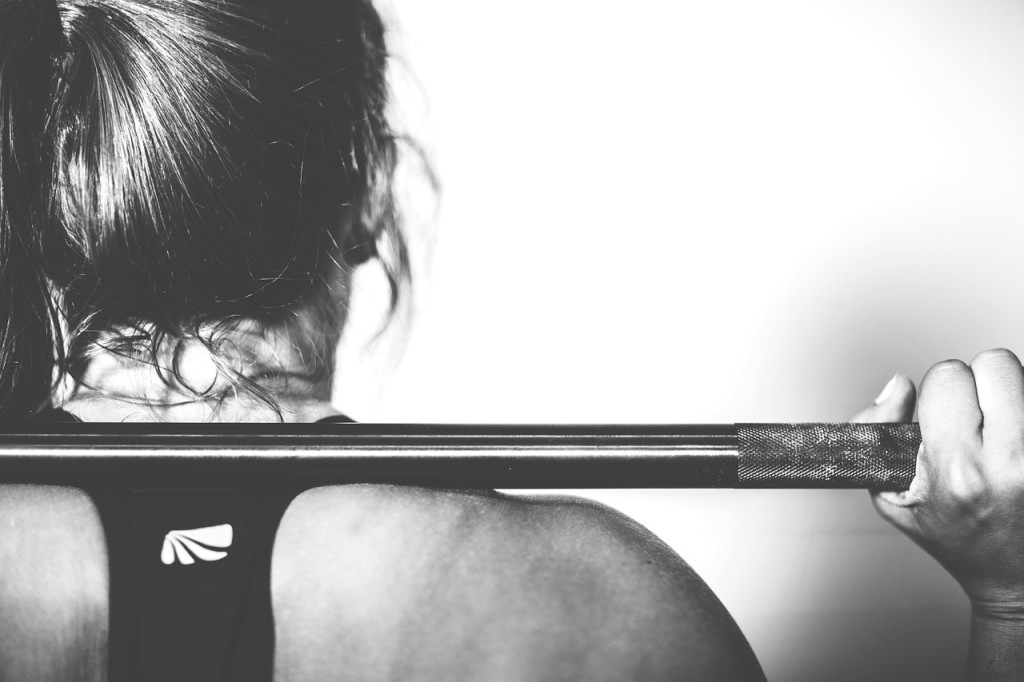Get a Better Squat Rack Workout in 6 Easy Steps
With all the emphasis being placed on power racks, it’s easy to forget that squat racks pack a ton of potential into a smaller package.
If you don’t have room for a power rack in your home, a squat rack is more likely to fit in your home gym or garage workout space.
While squat racks do slightly limit your workout possibilities, this doesn’t necessarily mean that a squat rack isn’t versatile.
In fact, it’s possible to get a full-body workout with nothing but a squat rack and an Olympic barbell.
If you’re a beginner, a simplified version of this full-body workout will help you get on the right track. If you’re an experienced lifter, using this workout to its fullest intensity will be both challenging and fulfilling.

Start with Your Stretches
Before doing any workout, you should always prep yourself by stretching. Working out before you stretch can actually hurt you, and your risk for injury is greater if you’re using heavyweights.
Since you’re using a squat rack, your primary focus while you’re stretching should be placed on your gluteal muscles, hamstrings, and IT band. Once you feel everything loosen up, start working on your hip flexors.
Since squat racks place the burden of the weight on your lower body and you’ll be lifting with your legs, you want everything to feel nice and limber before you begin.
Power Cleans
Not only do power cleans provide you with an excellent workout, they give you a great way to show off your lifting potential.
Doing a power clean wrong is dangerous, so if you can’t master the form, stick with hang cleans.
Essentially, a hang clean is a power clean with less movement.
For a power clean, you want to move as quickly as possible. The upward motion should be a direct result of your heels and hips working simultaneously to heave the weight.
Instead of lifting with your back, plant your feet firmly on the ground and use the motion of a hip thrust to get the weight off the ground. The first part of the lift should come from your momentum, rather than your muscular strength.
As the bar approaches your chin, you need to flip the position of your hands. Push your elbows out and down to raise the bar higher. From there, take the bar above your head.
Back Squats
You’ll really need the arms of your squat rack to safely perform a back squat. Make sure you’ve set your pins at the right height, which should be slightly below your squat level.
If you can’t continue to hold the weight, you want to know it will land safely, rather than on your back.
Stand with your feet at the furthest width apart possible. You want to keep a wide stance, but you also should be able to maintain your balance. As you lift, straighten your back.
A curved back can lead to spinal injury, as it places unnecessary stress on the area. Push off the ground with your heels, but keep your feet planted. Rise up vertically until you’re in the standing position
Floor Presses
A floor press is essentially a bench press without a bench. You’ll be using the ground underneath the squat rack instead.
These are a little harder than bench presses, because you aren’t able to utilize your feet in the same way you would with a bench. This makes a floor press more demanding on the upper body than a bench press.
Use a similar form by keeping your elbows at 90 degrees, and push up. You’ll be isolating your upper body muscle groups.
Ab Rollouts
Most people would never dream of using their squat rack equipment to get an ab workout. It’s an excellent opportunity that too many people pass up. Set your barbell on the floor directly in front of you.
It doesn’t necessarily matter how much weight is on it, as long as the barbell is elevated from the ground. From a kneeling position, grip the center of the bar.
Using your hips, push the barbell out until your arms can’t reach any further. Your stomach should be resting against the ground.
Once you’re completely flat, you’ll want to keep your spine as straight as possible while rolling the barbell back towards your knees.
Good Mornings
These exercises have a really weird name, but they’re worth a shot.
For a good morning, you don’t want to add too much weight to the bar, even if you’re an experienced lifter. You’re going to focus on your legs and your back.
A good morning assumes a form similar to a squat. You’ll need to bend your knees just a little bit, sticking your glutes back.
This requires a significant bend at the waist. As you come up, tense up your glutes and power your hips straight up.
Since this exercise involves the muscle groups around the lower lumbar spine, you may be able to use the bar alone without any weight added.
You should never lift with your back. This exercise works best with an unloaded bar for beginners, and even intermediate lifters still perform good mornings without weights.
New lifters should always be cautious when attempting a full-body workout.
Never do more than 4 sets at a time, and always keep your reps under ten. If you need to rest, you can do so for up to a minute and thirty seconds without compromising the quality of your workout.
If you need a five-minute break at the halfway point to hydrate and breathe, do so. Things will get easier for you as you become more experienced with full-body workouts.
Just be careful not to push yourself to do things you aren’t ready to do.

